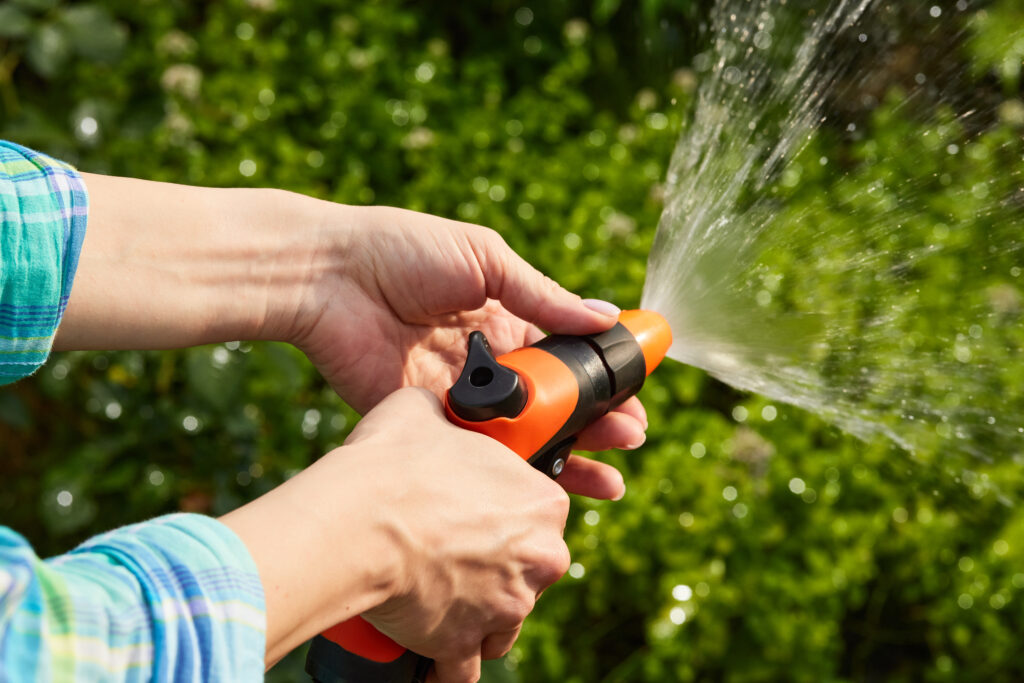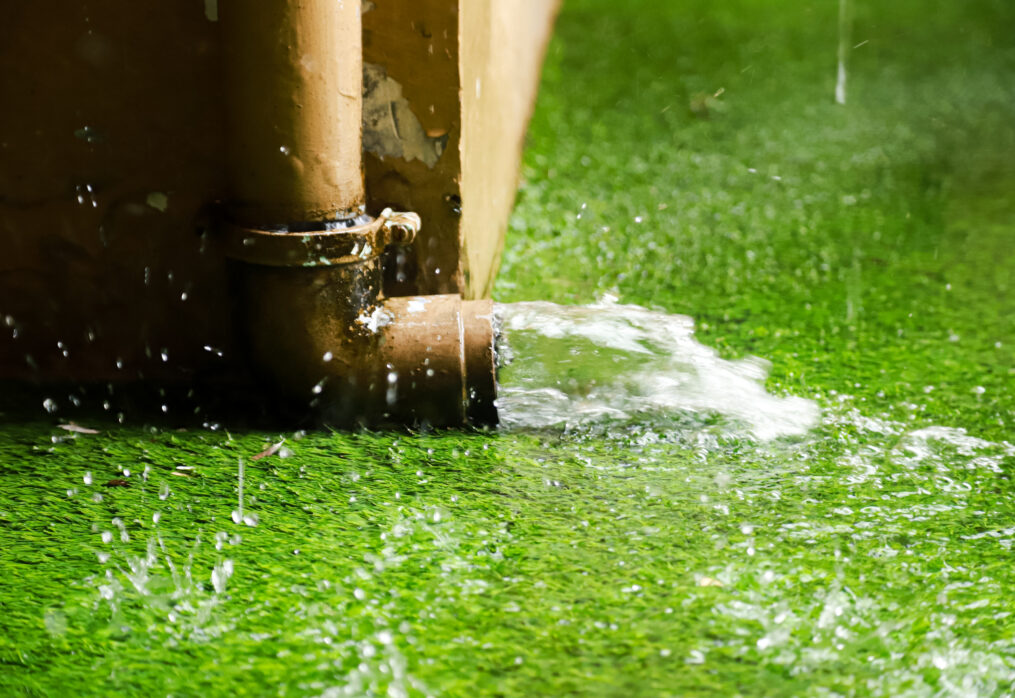Water-Saving Tips for Sustainable Lawn Care
Sustainable Lawn Care: Water-saving Advice
Many homeowners dream of a beautiful, green lawn, but the environmental cost of conventional lawn maintenance can be great. Finding methods to preserve water while maintaining a healthy lawn is more crucial than ever since it is a resource growing more valuable. Luckily, there are various environmentally friendly lawn care techniques that will enable you to enjoy a vivid yard and save water. Every homeowner may use these sensible Water-saving tips for lawn care to create a more environmentally friendly, sustainable lawn.
1. Select the appropriate grass type
Choosing a grass type fit for your local soil conditions and temperature is the first step toward a water-efficient lawn. For areas likely to dry spells, drought-tolerant grasses such as Buffalo, Zoysia, and Bermuda are perfect. Once established, these grass species may flourish with little irrigation, are more resilient, and require less water overall. Choosing native grasses also supports sustainability because they are often less water- and care-dependent and naturally suited to the local surroundings.
2. Water deeply, though less often
Changing your watering schedule is among the best methods to conserve water. Instead of sprinkling small bursts over your grass on a daily basis, water deeply but less frequently. Deep watering helps the roots reach farther into the ground, therefore increasing the drought-resistant character of the grass. To reduce evaporation, aim for roughly one inch of water every week, either from irrigation or rainfall; water early in the morning or late in the evening. 
3. Install an intelligent irrigation system
Smart irrigation systems represent a revolution in environmentally friendly lawn maintenance. These systems optimize watering plans based on your lawn’s specific demands using meteorological data, soil moisture sensors, and other technology. This ensures that your grass receives the correct dosage of water, reducing waste and preventing overwatering. Comparatively to conventional sprinkler systems, a smart irrigation system can save up to 50% more water.
4. Use mulch to retain moisture
Mulching is a great way to save water on your lawn and garden. Around the base of trees, shrubs, and flower beds, a layer of organic mulch helps maintain soil moisture, minimize evaporation, and control weed development. Mulch adds organic matter as it breaks down, therefore enhancing soil quality. Using grass clippings as mulch can also help lawns by keeping the ground cooler and lowering water loss.
5. Frequently aerate your lawn
Compacted soil can prevent water from reaching your grass roots, resulting in increased water usage and poor lawn conditions. Aerating your grass reduces runoff and helps to increase water absorption by perforating the ground with tiny holes. Aeration lets water into the soil more deeply by encouraging improved ventilation and nutrient exchange, therefore lowering the required frequency of watering.
6. Change the mowing height
Your lawn’s water requirements will be much affected by the height you cut it. Cutting your grass too short exposes the soil to more sunlight, which speeds up evaporation and increases the frequency of watering. To let the grass grow deeper roots and hold moisture more efficiently, raise your mower blades—about three inches. Additionally, shading the ground, taller grass lowers water evaporation and advances a better lawn.
7. Catch rainwater
One environmentally friendly approach to cut your need for municipal water for grass maintenance is rainwater collection. Rain barrels or a rainwater collection system lets you gather and save rainwater for use at a later date. Especially in dry seasons, this stored water can be utilized to irrigate your lawn and garden, offering a green and reasonably priced substitute for traditional watering techniques.
8. Cut down the lawn area
Consider reducing the size of your lawn if you want to make a significant contribution to water conservation. Replace some of your grass with native shrubs, ground coverings needing less water, or drought-tolerant plants. While still creating a lovely landscape, xeriscaped sections including gravel, stones, and native plants can greatly cut your water use. This is low-maintenance and water-efficient.
9. Monitor soil moisture levels
Common lawn care error overwatering can cause water waste and unhealthy grass. Before watering your grass, use a soil moisture meter to determine its moisture content. There’s no need to water if the top one to two inches of soil still feels moist. This little habit will help you prevent pointless watering and encourage a better, more sustainable lawn.
10. Learn local watering guidelines
Many areas have specific watering rules and policies that encourage water conservation. Learn about and follow local water rules. Following these guidelines ensures that you contribute to community-wide sustainability initiatives while also helping to save water.
Ultimately
Maintaining the attractiveness of your yard is not a sacrifice made by sustainable lawn care. These Water-saving tips for lawn care will help you to keep a rich, green lawn while lowering your water use and therefore improving the environment. There are several strategies to create a sustainable and water-efficient lawn, from selecting drought-tolerant grasses and changing your watering schedule to building clever irrigation systems and gathering rainwater. Start these adjustments right now to see a better yard and world tomorrow! I hope you appreciate this blog post – Water-saving tips for lawn care I recommend checking out:
- How to plant lawn grass: A Step-by-Step Guide for a Beautiful Yard
- Mowing Heights By Season And Grass Type
- What Is the Best Warm Season Grass for Your Lawn
- Natural Weed and Grass Killer Recipe for a Chemical-Free Lawn
- What type of machine is used to cut grass?
- 5 gorgeous flowering plants to bring home in summer
- 10 Stress Relieving Indoor plants for home
- 10 plants you can easily grow in a bottle
- 5 Easy Tips to Maintain a Tulsi Plant at Home
- 5 Medicinal Plants to Grow at Home
- 10 palm plants to grow at home
Last Updated on 1 year ago by Anjali Mehra Ph.D. in Horticulture (Punjab Agricultural University)
- Best Lawn Grass for High-Footfall Religious Places in Punjab - December 29, 2025
- Why Lawn Grass Fails After Installation (Real Indian Case Studies) - December 25, 2025
- Nilgiri Grass vs Korean Grass – Price, Look & Maintenance Compared - December 23, 2025
